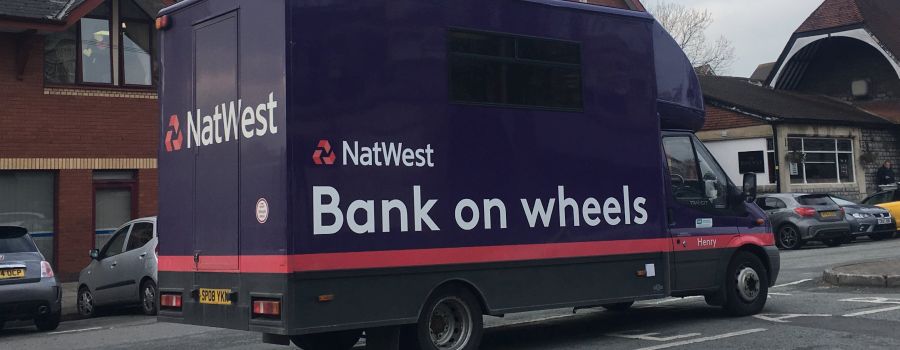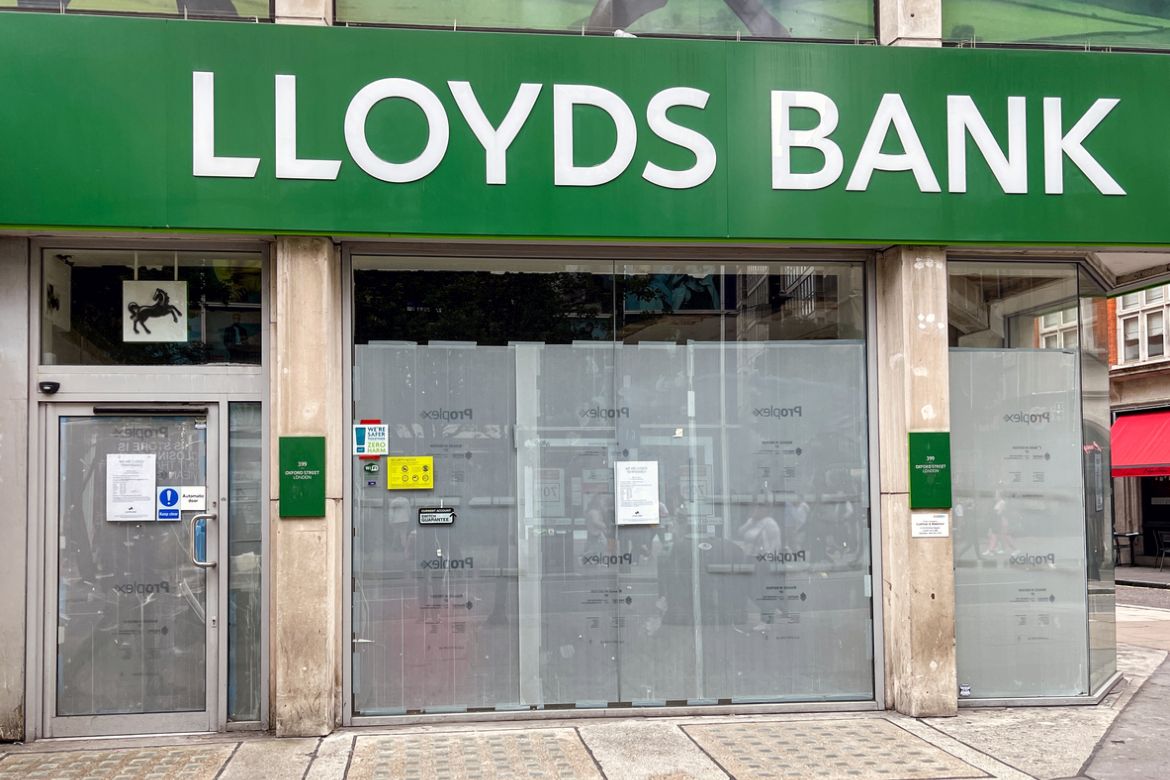The closure of banks continues to intensify as at least 193 bank branches plan to close their doors for good in 2023. While many turn to online banking and digital payments, how are banking services evolving to support those who still need access to cash?
All of the UK’s biggest high-street banks have announced plans for varying numbers of closures for 2023. This comes as no surprise, as an increasing proportion of services offered by physical banks are now completed online.
According to a report by the House of Commons Library, in 1986, 21,643 bank and building society branches existed in the UK. In 2014, there were only 10,565 branches. By the end of 2021, just over 8,000 bank branches remained. As the number of bank branches has fallen and continues to fall, so has the number of ATMs.
While the Covid-19 pandemic accelerated the move towards digital transactions, the recent cost of living crisis has driven many in the UK back to using cash. Nationwide Building Society revealed in January that cash usage had risen for the first time in 13 years. Over 30.2 million withdrawals were made from Nationwide ATMs in 2022; a 19 per cent increase compared to 2021 data.
However, between July 2018 and September 2022, the number of ATMs in the UK fell by 14,665 (22 per cent). With signs that accessing cash is getting more difficult, how are traditional banks addressing this issue?
Barclays banking pods
In an effort to evolve operations in response to these issues, Barclays Bank has introduced its new flexible banking strategy. As part of this, it plans to launch new ‘banking pods’; semi-permanent structures placed in areas including shopping centres and retail parks.
The pods are being launched in cooperation with its existing Barclays Local service. The service works with local councils and communities to ensure the bank can retain a presence in areas in which there was not enough demand to continue running a physical branch. The initiative sees Barclays employees take positions in town halls and libraries to continue offering face-to-face support if required.

Jo Mayer, head of everyday banking at Barclays UK, explained the need for banks to evolve their approach. Mayer commented: “As visits to branches continue to fall, we need to reimagine where and how we show up to provide the best service for customers now and in the future.
“Our new banking pods and community pop-ups help us to tailor our in-person support for each location, including support with digital skills. In areas where we close a branch, we will maintain our presence in that community offering an alternative face-to-face solution.”
Barclays’ expects to launch at least 10 of the new banking pods across the UK by summer 2023, with more dependent on the success of the first pod in St Austell in Cornwall.
Community banking hubs
Banking hubs aim to provide basic banking services (including counter services run for the major banks), often via the Post Office.

Currently, there are four existing banking hubs running in the UK: Essex, East Riding of Yorkshire, South Lanarkshire and Devon. Cash access and ATM network for the UK, LINK, continues to push for more to be opened.
The service also provides dedicated rooms in which customers can visit community bankers from their own specific banks. Plans for nine new banking hubs and six new deposit services have also been announced LINK.
John Howells, CEO of LINK, commented on the news: “Access to cash and face-to-face banking services continues to be important for millions of people across the UK. Not everyone can or is able to go digital yet, so we’re pleased to announce new cash services to support these communities.”
LINK also aims to invest over £15million every year to support 3,450 free ATMs. The network aims to boost the dwindling numbers of free ATMs across the UK.

Mobile banking Vans
New banking ‘pods’ and community banking can certainly help those in more populated areas access face-to-face banking services. However, those that are yet to make the digital leap and live in remote, more rural, areas still lack options.
One potential solution is one that many banks have already adopted. The likes of Barclays, NatWest and RBS all offer completely mobile branches. Barclays’ flexible banking strategy also included plans to add six electric vehicles to its existing fleet. Once added, the major UK bank will offer 16 vehicles to cover more remote areas.
However, Barclays’ banking vans provide no access to cash or counter service. The vans aim to help educate people on how to use their banking app to achieve their desired results.
Similar services offered by NatWest, RBS and Lloyds Bank, do still include cash depositing and withdrawal capabilities. Despite the service existing in some form for many years, since the pandemic, many services have seen cuts. Lloyds Bank reviewed its mobile branches and reduced the service to run only fortnightly from 2021 onwards due to a dwindling number of users; even after it had reduced the service.
Image and article originally from thefintechtimes.com. Read the original article here.

